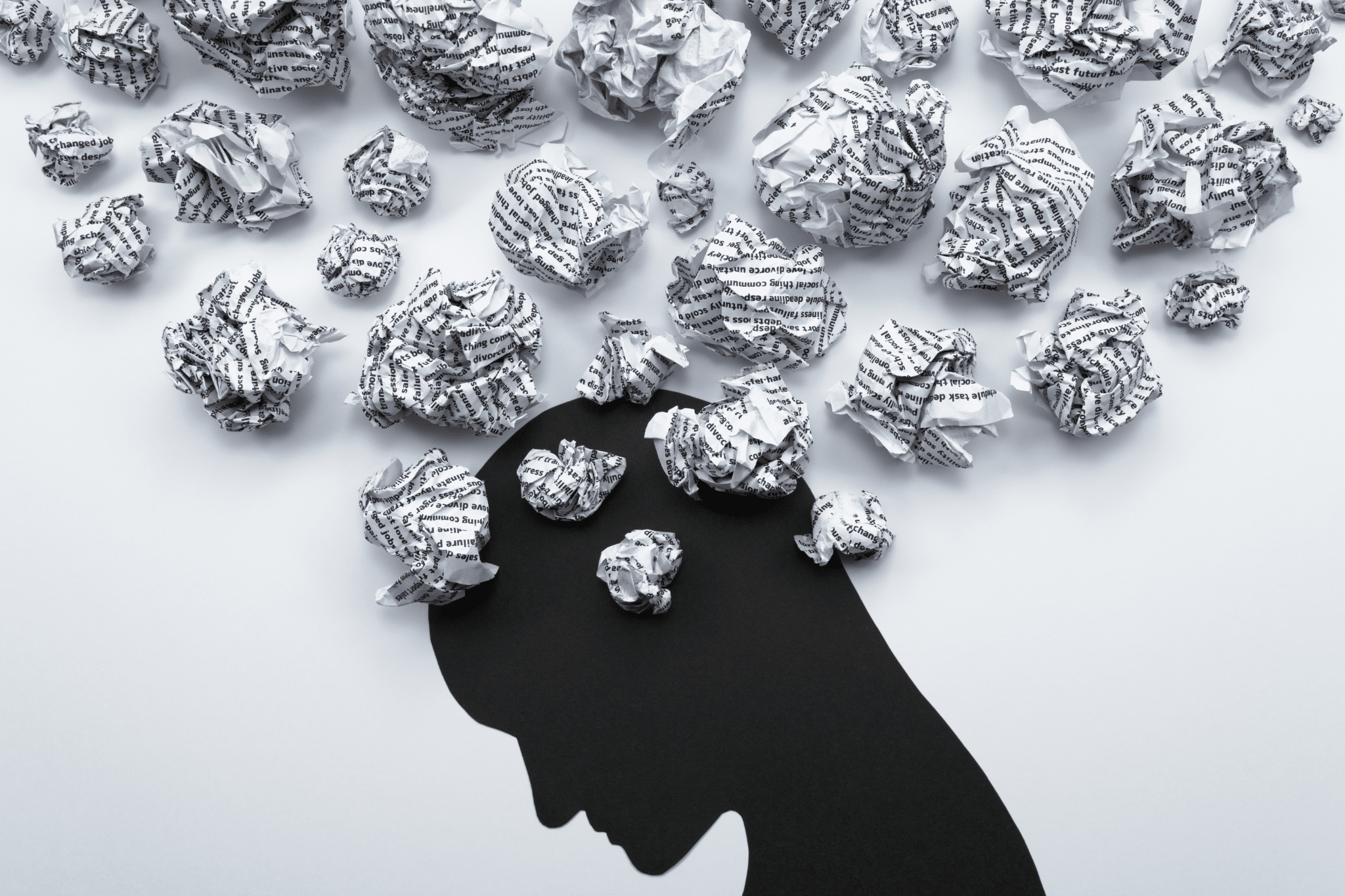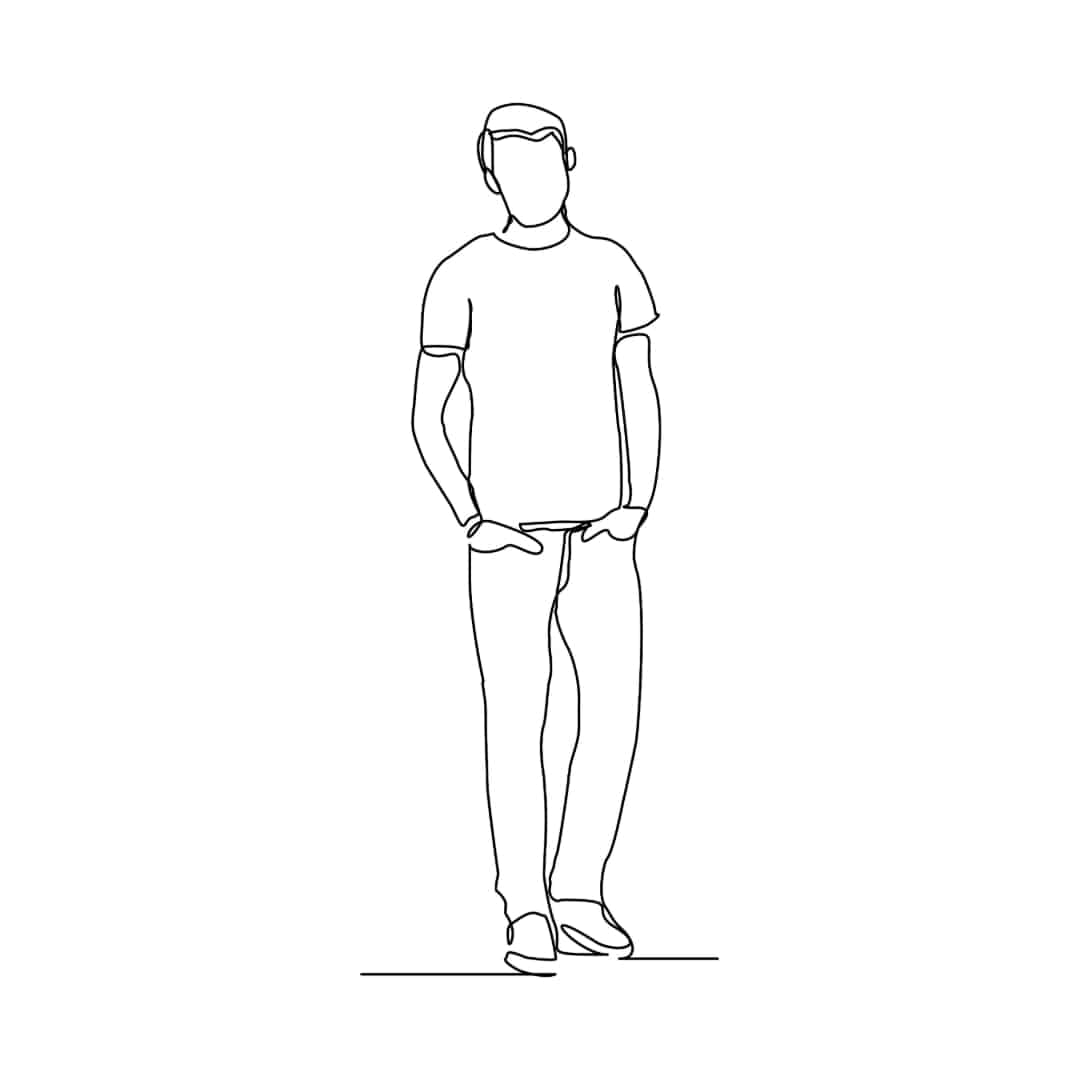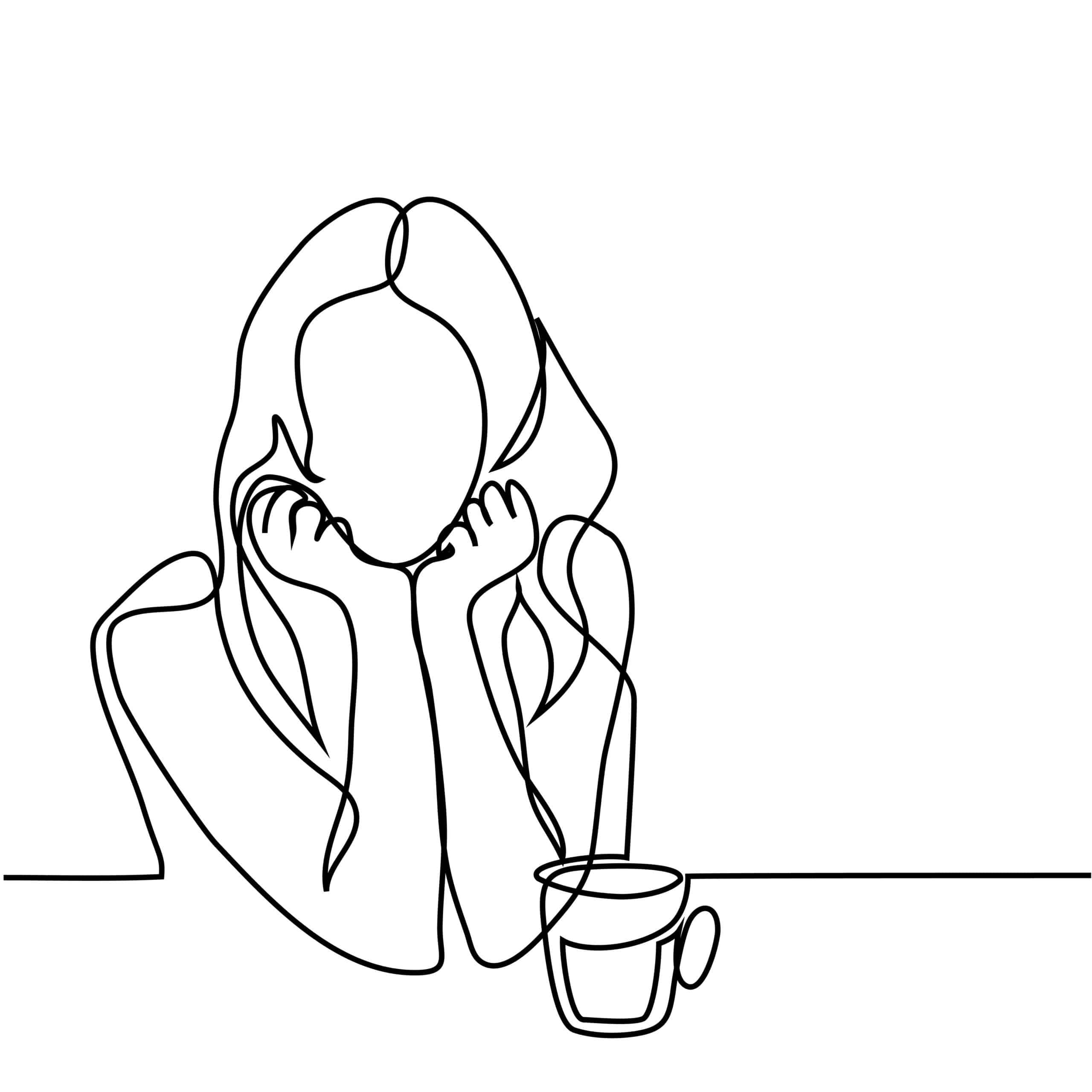By Rebecca V. Bullion, LCSW
We often hear the phrase “it’s that time of year” when we talk about a health issue like the flu. Well, it’s that time of year for seasonal depression as well. Often lasting from the fall months through early spring, seasonal blues last for almost a full six months.
Each year five percent of Americans experience a Seasonal Affective Disorder (SAD), or seasonal depression. The cause for SAD remains poorly understood, one simple explanation for SAD is that the regular circadian rhythms are interrupted because of a lack of sunlight. That light causes melatonin, a hormone, to be emitted in the brain when it hits the eyes. This melatonin then produces a release of serotonin; the “feel good factor” hormone in the brain. Less light causes a decrease in circulation of melatonin and serotonin, changing one’s alertness and mood.
SAD can cause depression ranging from mild to debilitating for months at a time. Some of the symptoms of SAD (Seasonal Affective Disorder) are the same for other types of depression, and can include:
- Fatigue
- Low energy
- Decline of pleasure from activities that were previously enjoyed
- Poor sleep
- Appetite changes
- Fluctuation in weight
- Social isolation



